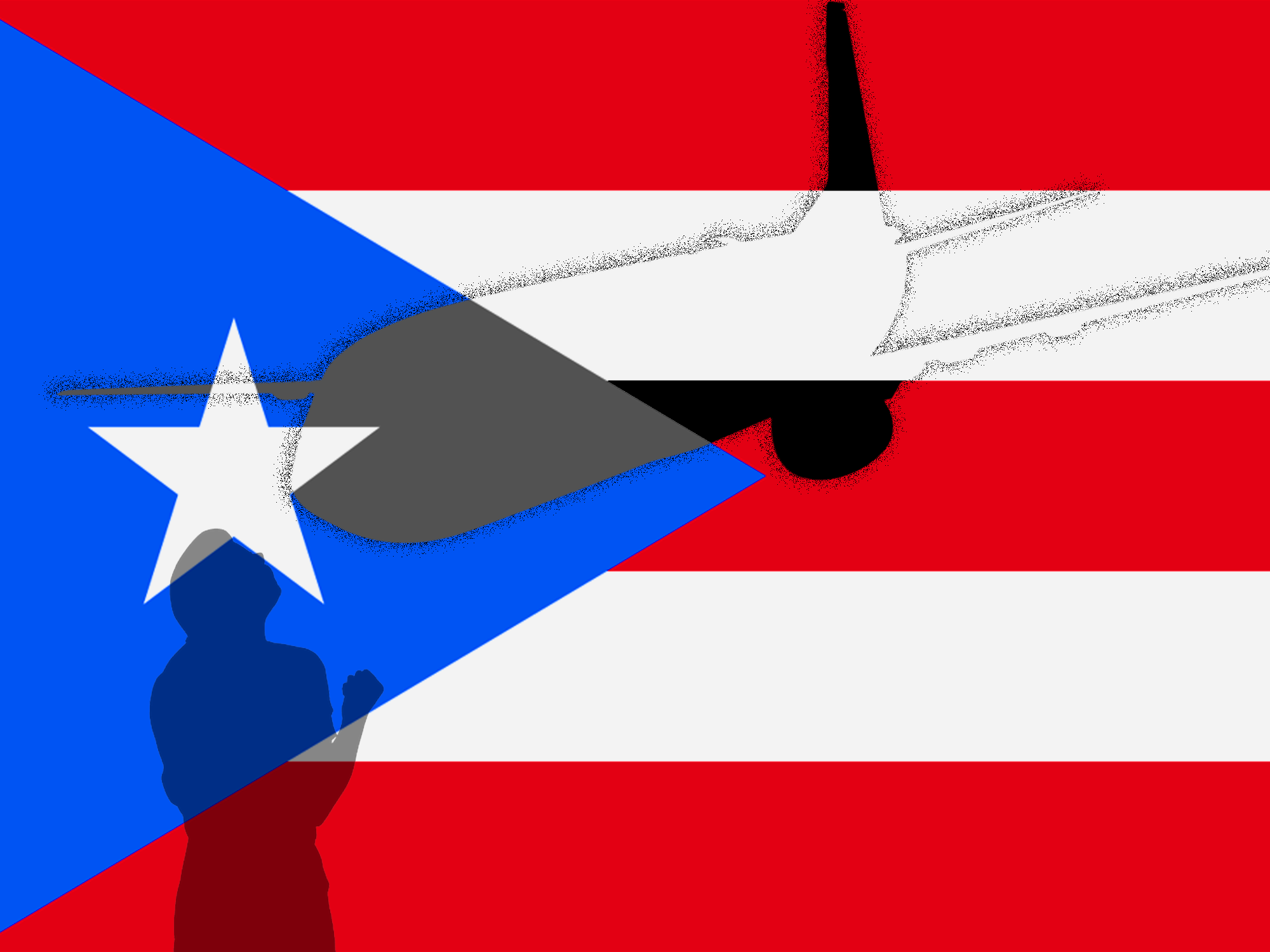


After 19 years of dreaming about seeing Puerto Rico for the first time, I finally went over spring break… and it seems so did the rest of the Bi-Co. In a post-Bad-Bunny, travel influencer era, what does it mean to visit Puerto Rico, and am I a tourist on the island I once felt so connected to?
For as long as I can remember, Puerto Rico has been the setting of all of my great family stories, and it has felt completely out of my reach. Even though, as a child, I would beg that we plan a trip, it was obvious that, at the time, we could not afford to go. Still, I grew up around other Puerto Ricans in my hometown, Cleveland, Ohio, which was a major site of immigration to the United States for Puerto Ricans in the 1940s. My grandma and her siblings made every effort to pass down the culture generationally and keep in contact with the family that remains there. The two axes of our family remained: the house in Yauco, Puerto Rico, and the house my family bought when they moved here around 70 years ago. It remains a great privilege of my life to have great-grandparents who were married for 74 years and lived until their 90s and 100s, allowing me to have unique access to my family history. After my abuelo and abuela passed away, my grandma maintained the house, though we no longer gathered there regularly or during holidays. After feeling so disconnected, my hope going into college was to reconnect with the Latinx community.
Freshman year came as a major culture shock to me, it did not help that I did not join the Alliance of Latin American Students (ALAS) for fear it would only affirm how much I was not Latina enough. I met many people who had no trouble traveling around the world, and to my surprise, they did exactly this during my first spring break. I had never felt resentment towards people the way I did while I was stuck in Ohio last year. Immediately after, I made it my mission to go during this spring break.
A combination of circumstances made this trip interesting and significant enough to write about. Something that initially made me more excited to go was the release of Bad Bunny’s album “DeBÍ TiRAR MáS FOToS,” which, combined with my relationships with Puerto Rican students in the Bi-Co, gave me a better understanding of present-day Puerto Rico. Specifically, the album discusses disruptive tourism and the gentrification of the island. During this time, I started to seriously consider whether it was okay for me to visit. I did not want to contribute negatively to a place I care so much about, and I feared that I was no different from any other tourist. When I asked a friend who is from the island, she said I was overthinking it and that, of course, I should go because my family is from there. Also, though it was unplanned, my grandma and her sister would be in Yauco, two hours away, dealing with an estate, which included the house that had been in our family for almost a century.
When I arrived in Puerto Rico, it felt simultaneously like I was too late and just in time. The two images, one of family nostalgia and the other of all the ways it was changing hit me at once. It was conflicting that the reasons it was easy for me to come now, mainly not needing a passport, and the relative affordability, were exactly why the island was, and is currently struggling. I saw many other Bi-Co students and wondered if they knew the details that made the trip such a big deal to me. I also saw the effects of tourism; everyone spoke English, the businesses catered toward tourists, and there were so many inauthentic and expensive businesses bought by modern-day colonizers. At the same time, this was the best trip of my life and will forever be a memory I cherish. I had never been outside the fifty states, nor been somewhere where everyone speaks Spanish, and in my (biased) opinion, it was the most beautiful place ever, with the best food, music, and people.
When my family came up to San Juan during my last days there, they informed me that we were selling the house in Yauco, lessening my ability to go back, and for us, as a family, to keep the connection between the two places alive. The news added to my impression that things were changing and that it was getting more difficult for Puerto Ricans to live and thrive in Puerto Rico.
I don’t plan, nor do I have the authority, to say, “Do not go to Puerto Rico,” however, I think that, as students who have the privilege of education and often the financial resources to travel, it necessitates a level of responsibility. At a base level, I think people should be aware that the places they visit are people’s homes and have value outside being exotic destinations. One way to do this is to engage in groups like ALAS, Puerto Rican Student Alliance (PRSA), Mujeres*, and more. Support Latinx students in the Bi-Co and include Latin America in your politics. I urge you to do more than show up for our music, food, and weekend events and think about where your activism ends. I had a good trip, but I care more that native Puerto Ricans can continue to live on the island and preserve their history and culture.
